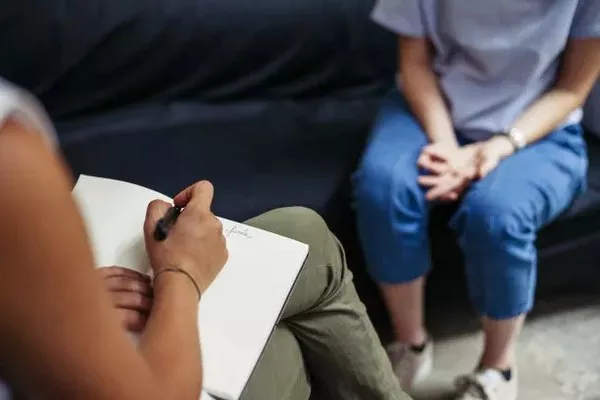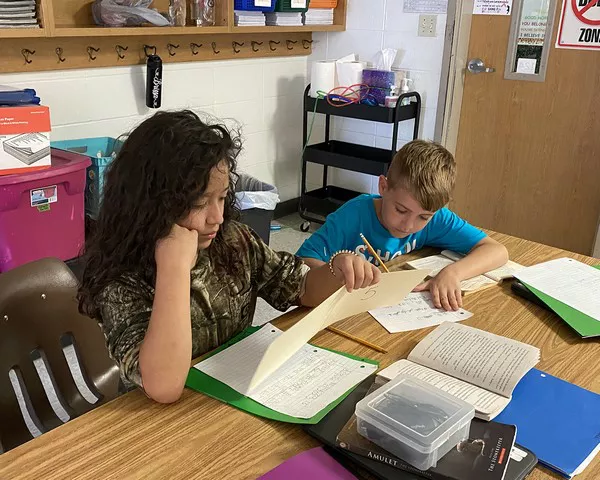In any romantic relationship, communication is the cornerstone that holds everything together. It’s the bridge that connects two people, allowing them to share their thoughts, feelings, dreams, and concerns. When it comes to communicating with your boyfriend, mastering the art of effective communication can significantly enhance the quality of your relationship and bring you closer together. This article will explore various aspects of communication and provide practical tips on how to communicate better with your boyfriend from a professional perspective.
Understanding the Importance of Communication
Communication is not just about exchanging words; it’s about understanding and being understood. In a romantic relationship, effective communication allows you to build trust, intimacy, and emotional connection with your partner. It helps you resolve conflicts, express your needs and desires, and support each other through life’s ups and downs.
When you communicate effectively with your boyfriend, you create a safe and open space where both of you feel comfortable sharing your true selves. This level of vulnerability and honesty is essential for a healthy and fulfilling relationship. On the other hand, poor communication can lead to misunderstandings, resentment, and distance between you and your partner.
Active Listening
One of the most crucial aspects of effective communication is active listening. Active listening involves giving your full attention to your boyfriend when he is speaking, without interrupting or judging him. It means trying to understand his perspective, feelings, and needs, and showing him that you value his thoughts and opinions.
To be an active listener, start by making eye contact with your boyfriend and giving him your undivided attention. Avoid distractions such as your phone, TV, or other devices. Use verbal and non-verbal cues to show that you are listening, such as nodding, smiling, and using affirmative statements like “I see” or “I understand.”
Repeat back what your boyfriend has said to ensure that you have understood him correctly. This not only helps to clarify any misunderstandings but also shows him that you are actively engaged in the conversation. Avoid interrupting him or changing the subject prematurely. Instead, let him finish speaking before you respond.
Expressing Yourself Clearly and Honestly
In addition to active listening, expressing yourself clearly and honestly is also essential for effective communication. It’s important to be open and transparent with your boyfriend about your thoughts, feelings, and needs. This means being willing to share both the positive and negative aspects of your life, as well as your hopes and dreams for the future.
When expressing yourself, use “I” statements instead of “you” statements. For example, instead of saying “You always make me feel bad,” say “I feel bad when you do that.” This helps to avoid blaming or accusing your boyfriend and focuses on your own feelings and experiences.
Be specific and clear about what you want to say. Avoid using vague or ambiguous language that could lead to misunderstandings. If you have a problem or concern, explain it in detail and suggest possible solutions. This shows your boyfriend that you are taking responsibility for your own feelings and are willing to work together to find a solution.
Non-Verbal Communication
Non-verbal communication plays a significant role in our interactions with others. It includes body language, facial expressions, tone of voice, and eye contact. Paying attention to your non-verbal cues can help you communicate more effectively with your boyfriend and understand his messages better.
Body language can convey a lot of information about your feelings and intentions. For example, crossing your arms or legs may indicate defensiveness or discomfort, while leaning forward and maintaining eye contact shows interest and engagement. Pay attention to your boyfriend’s body language as well, as it can give you clues about how he is feeling and what he is thinking.
Facial expressions are another important aspect of non-verbal communication. A smile can convey warmth and friendliness, while a frown or a scowl may indicate anger or dissatisfaction. Make sure your facial expressions match the message you are trying to convey.
Tone of voice can also have a significant impact on how your message is received. A soft and gentle tone can convey empathy and understanding, while a harsh or critical tone may be perceived as confrontational or dismissive. Pay attention to your tone of voice when communicating with your boyfriend and try to use a tone that is calm, respectful, and supportive.
Resolving Conflicts
Conflict is a natural part of any relationship. It’s how you handle conflicts that determines the strength and longevity of your relationship. When conflicts arise with your boyfriend, it’s important to approach them in a constructive and respectful manner.
First, try to understand the root cause of the conflict. Listen to your boyfriend’s perspective and try to see things from his point of view. Avoid getting defensive or attacking him. Instead, focus on finding a solution that works for both of you.
Use active listening and effective communication skills to express your feelings and concerns. Be willing to compromise and find a middle ground. Avoid insisting on having your way or trying to “win” the argument. Remember, the goal is to resolve the conflict and strengthen your relationship, not to prove who is right or wrong.
If the conflict is particularly difficult to resolve, consider seeking the help of a professional counselor or therapist. A trained professional can provide you with the tools and strategies you need to communicate effectively and resolve conflicts in a healthy and productive way.
Building Emotional Intimacy
Emotional intimacy is the deep connection and closeness that you feel with your boyfriend. It’s the ability to share your innermost thoughts, feelings, and fears with each other and to be vulnerable without fear of judgment or rejection. Building emotional intimacy requires open and honest communication, trust, and mutual respect.
To build emotional intimacy with your boyfriend, make time for each other and engage in meaningful conversations. Share your dreams, hopes, and goals for the future, as well as your fears and insecurities. Listen to his stories and experiences, and show him that you care about his feelings and well-being.
Be supportive of each other’s interests and hobbies. Encourage him to pursue his passions and dreams, and be there to celebrate his successes. Show him that you are his biggest fan and that you believe in him.
Physical affection is also an important part of building emotional intimacy. Hold hands, hug, kiss, and cuddle with your boyfriend. Physical touch can help to release oxytocin, a hormone that promotes feelings of bonding and intimacy.
Maintaining a Healthy Balance
In a relationship, it’s important to maintain a healthy balance between your own needs and the needs of your boyfriend. While it’s important to support and care for each other, it’s also important to take care of yourself and pursue your own interests and goals.
Make time for yourself and do things that you enjoy. This could include reading, exercising, spending time with friends and family, or pursuing a hobby. Taking care of yourself will not only make you feel better but also make you a more interesting and fulfilled person.
At the same time, make sure to also make time for your boyfriend and prioritize your relationship. Plan regular date nights, go on trips together, and create new memories. Show him that you value your relationship and that you are committed to making it work.
Conclusion
Effective communication is the key to a successful and fulfilling relationship with your boyfriend. By mastering the art of active listening, expressing yourself clearly and honestly, paying attention to non-verbal communication, resolving conflicts constructively, building emotional intimacy, and maintaining a healthy balance, you can enhance the quality of your relationship and create a deep and lasting connection with your partner.
Remember, communication is a two-way street. It requires effort, patience, and understanding from both you and your boyfriend. By working together and communicating effectively, you can overcome any challenges that come your way and build a strong and lasting relationship that will stand the test of time.
Related topics:
Why Is Friendship the Best Relationship?
What is Cognitive Dissonance in Relationships?
What Is The Key To A Great Relationship?




















